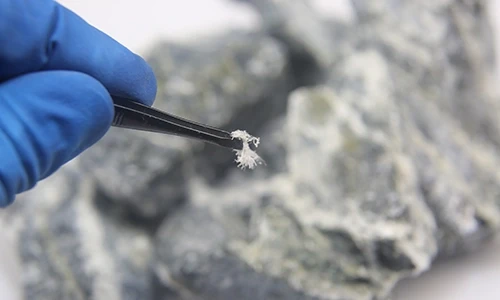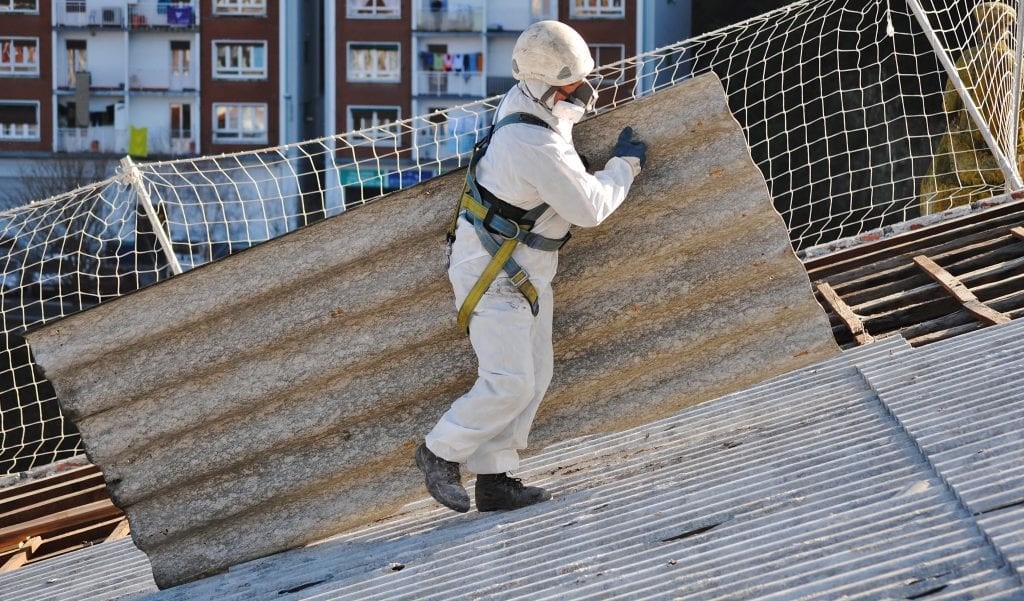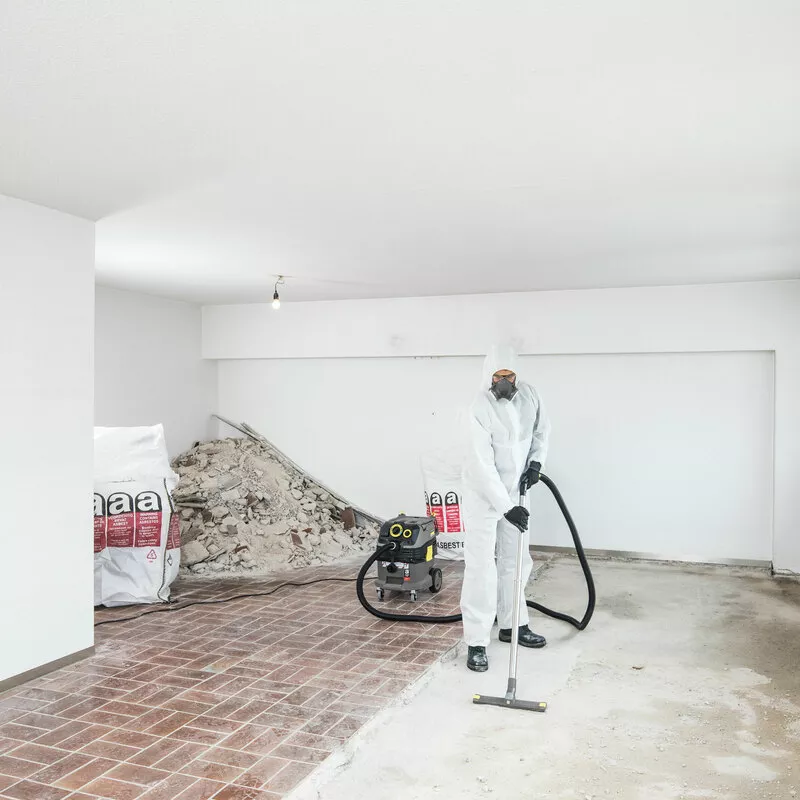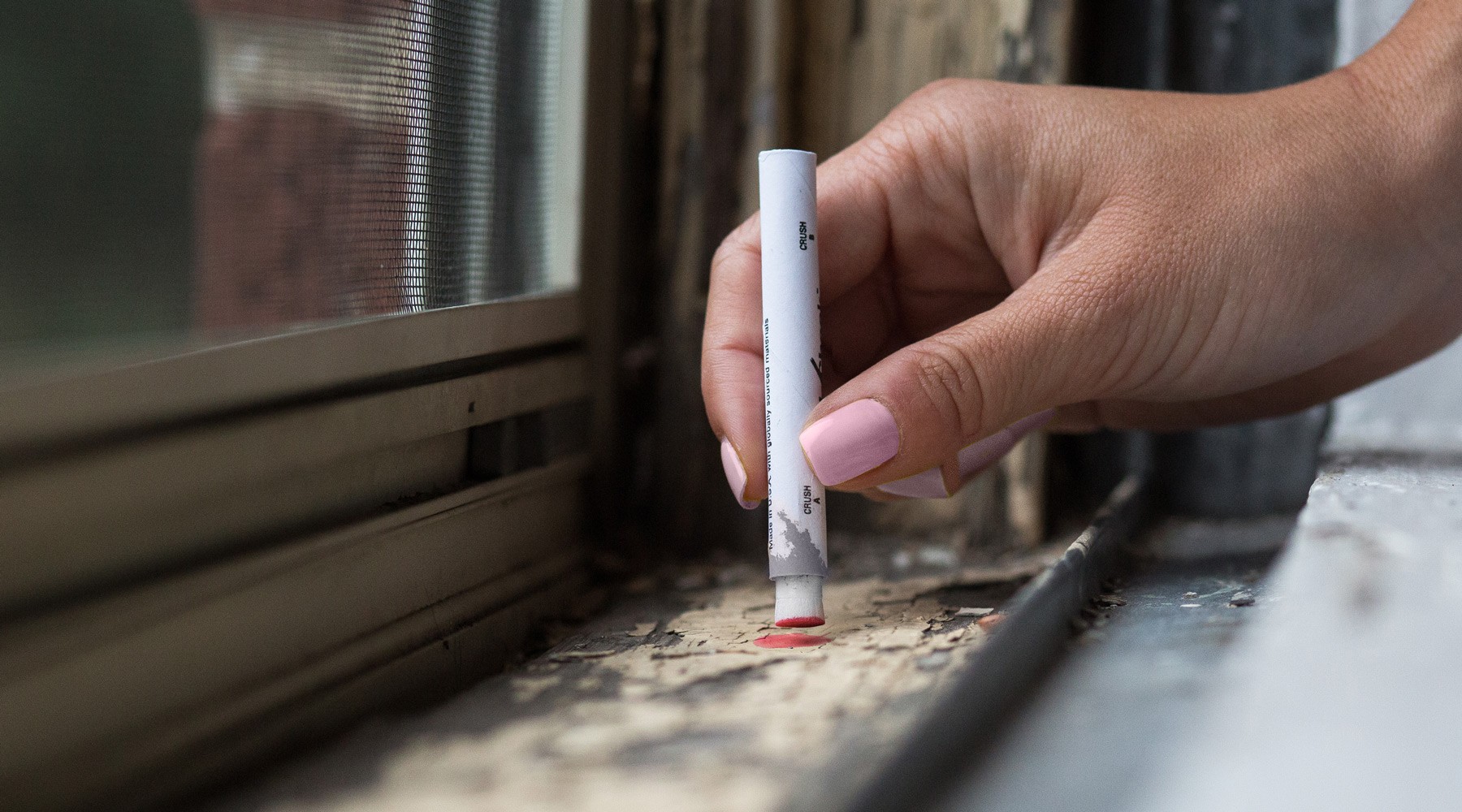If you live in or manage a building constructed before the 1990s, there's a chance asbestos may be present in its structure. Though once hailed for its fire-resistant and insulating properties, asbestos is now known as a dangerous health hazard. Asbestos testing is the only reliable way to determine whether this harmful material is lurking in your home, office, or renovation site.
In this blog, we’ll break down what asbestos is, why testing matters, and how you can go about getting your property inspected safely and professionally.
What Is Asbestos?
Asbestos is a naturally occurring mineral composed of thin, durable fibers. It was widely used throughout the 20th century in construction materials like insulation, ceiling tiles, flooring, roofing shingles, and pipe wraps due to its heat resistance and strength.
However, when disturbed, asbestos fibers can become airborne—and when inhaled, they pose serious health risks, including:
-
Asbestosis (scarring of lung tissue)
-
Mesothelioma (a rare cancer of the lung lining)
-
Lung cancer
-
Other respiratory issues
Because of these risks, asbestos use is now heavily regulated or banned in many countries, but it still exists in older buildings.
Why Is Asbestos Testing Important?
Asbestos isn't dangerous when left intact and undisturbed—but during renovations, demolitions, or even minor home repairs, it can become a deadly hazard. That’s where asbestos testing comes in.
Key Reasons to Test for Asbestos:
-
Health & Safety: Protect your family, tenants, or workers from exposure.
-
Legal Compliance: Many local building codes and workplace safety laws require testing before construction or renovation.
-
Peace of Mind: Know what you're dealing with and plan accordingly.
-
Property Value: A clean bill of health regarding asbestos can improve resale value.
When Should You Test for Asbestos?
You should consider testing if:
-
Your building was constructed before the 1990s.
-
You are planning a renovation or demolition.
-
You notice damaged or deteriorating materials like insulation or ceiling tiles.
-
You’ve purchased an older home and want a full environmental safety assessment.
How Is Asbestos Testing Done?
Step 1: Professional Inspection
A certified asbestos inspector will identify suspect materials and collect samples using strict safety protocols.
Step 2: Laboratory Analysis
Samples are sent to an accredited lab, where they’re analyzed under a microscope to confirm the presence and type of asbestos fibers.
Step 3: Report and Recommendations
You'll receive a detailed report indicating whether asbestos is present, where it’s located, and what actions should be taken next (e.g., encapsulation, removal, or leaving it undisturbed).
DIY Kits vs. Professional Testing
While DIY asbestos testing kits are available, they carry significant risks. Improper sample collection can release harmful fibers into the air. It’s always safest—and usually legally required—to hire a licensed professional for both testing and removal.
What Happens If Asbestos Is Found?
Finding asbestos doesn’t mean immediate danger or demolition. Depending on the material’s condition and location, professionals may recommend:
-
Encapsulation (sealing it to prevent fiber release)
-
Enclosure (covering it with a barrier)
-
Removal (especially during renovations or if the material is friable)
Always hire a licensed abatement contractor for any asbestos removal work.
Conclusion
Asbestos testing is a small step that can make a huge difference in the health and safety of anyone who lives or works in your building. If you're unsure whether your property contains asbestos, don’t take chances—schedule a professional inspection today.
Remember: When it comes to asbestos, what you don’t know can hurt you.











